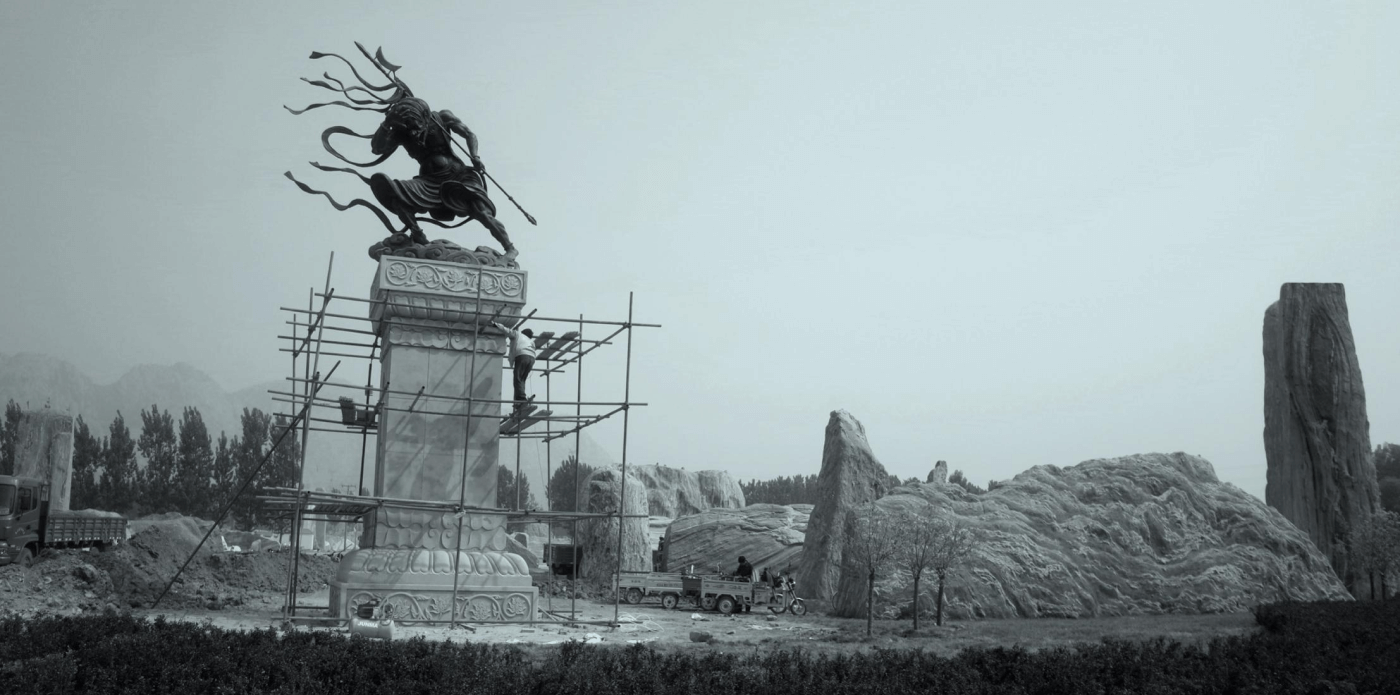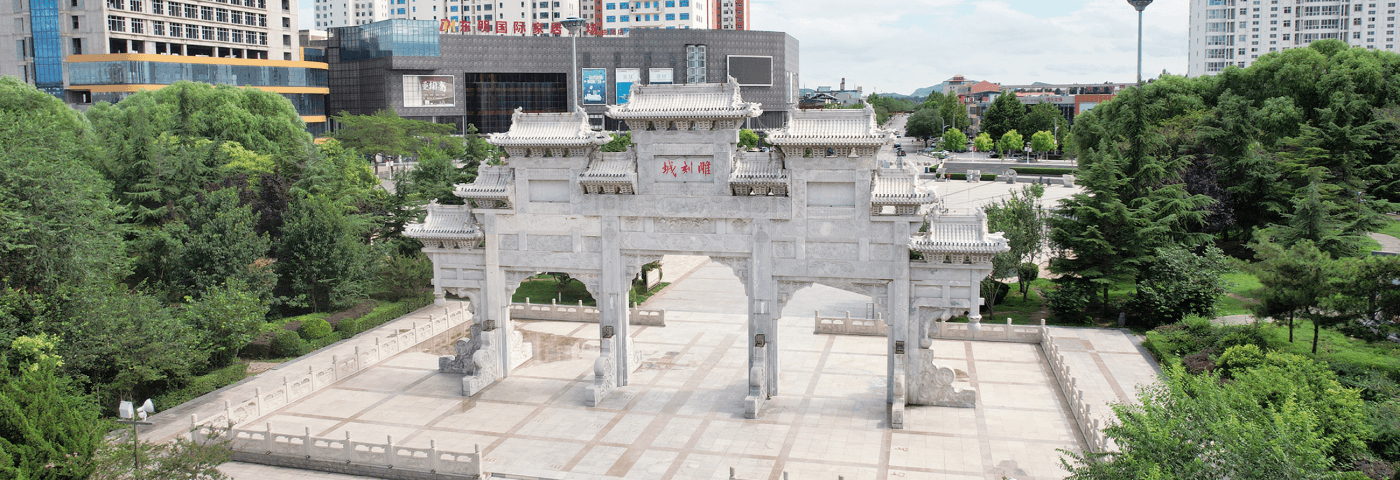Hebei Quyang
County under the jurisdiction of Baoding City, Hebei Province, located in the western part of the North China Plain, at the eastern foot of the Taihang Mountains, and in the southwestern part of Baoding City. It is bordered by Dingzhou City to the east, Fuping County to the northwest, Xinle City to the south, Xingtang County to the west, and Tang County to the northeast.

Quyang Stone Sculpture - the first national intangible cultural heritage list
Since the beginning of the Western Han Dynasty, Quyang stone workers, that is, with marble carving stone tablets, etc., the Northern Wei Dynasty Quyang stone carving of the Buddha, stone lions has a unique style, Tang Dynasty Quyang became the birthplace of Chinese white jade statues in northern China and carving centre. To the Yuan Dynasty, Quyang stone carving has enjoyed a reputation,
emerged Yang Qiong, Wang Dao, Wang Hao and a number of outstanding folk carving artists. Ming and Qing dynasties, Quyang stone carving craft is more exquisite, the end of the Qing dynasty Quyang people carving "crane", "dry plum" and other works in the Panama International Art Exposition won the second place, so that "the world salty Quyang stone carving". After the establishment of the
People's Republic of China, Quyang stone carving artists have participated in the Monument to the People's Heroes, the Great Hall of the People, Tiananmen Square restoration of the ten major architectural projects in Beijing and Chairman Mao Memorial Hall construction project carving work, Quyang County, was officially named by the State Council in 1995 "China's hometown of carving".
Quyang carving process through the millennium without interruption, with the expansion of Quyang carving materials from marble, jade to wood, ivory, bronze, stainless steel, etc., its carving techniques have also changed, appeared in the round carving, carving, carving, carving, relief carving and other modelling disciplines, techniques vary.
In 2006,Quyang stone carving was selected as one of the first national intangible cultural heritage list.

Quyang has a long history of sculpture
Quyang, is the origin of China's alabaster carving, stone carving production has a history of more than 2,000 years, is a mainstream of the carving art in northern China, in the history of Chinese sculpture occupies an important position in the history of Chinese sculpture, and is still inherited today. The earliest can be traced back to the Han Dynasty. Sui and Tang dynasties to the Five
Dynasties, Quyang stone carving ushered in its own heyday. Since the beginning of the Song Dynasty, the style of Quyang stone statues showed the first tendency of secularisation, which was especially obvious in the Ming Dynasty. After the founding of new China, Quyang carving embarked on the road of revival. 1952 October, Quyang a dozen carving artists were selected and transferred to
Beijing, responsible for the main carving task of the monument bas-relief.
After the completion of the monument, the Beijing Municipal Government, in accordance with the instructions of Premier Zhou, to participate in the construction of the monument Quyang carving artists as the backbone of the force set up the Beijing Municipal Architecture and Art Carving Factory, which provides Quyang carving artists with a broader use of the place.